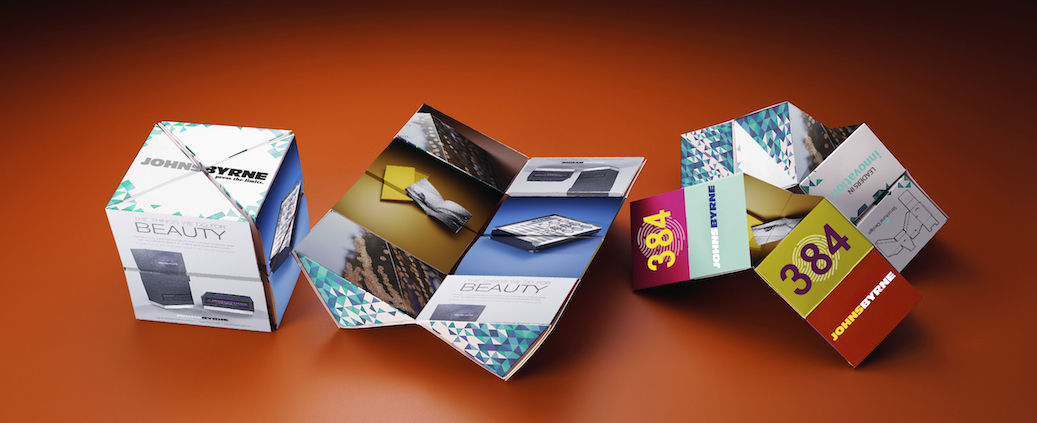
First impressions matter, especially in retail. The moment a customer sees a product, its packaging speaks volumes. Retail packaging isn’t just about holding a product; it’s a silent ambassador of your brand, influencing purchasing decisions and shaping customer experience.
1. Understanding Retail Packaging
-
Definition and Purpose
Retail packaging serves multiple roles. It protects the product, provides essential information, and acts as a marketing tool. A well-packaged item not only ensures safety but also communicates value and brand identity.
-
Types of Retail Packaging
-
Primary Packaging: This is the immediate layer that encases the product, like a bottle for a beverage.
-
Secondary Packaging: It groups primary packages, such as a box containing multiple bottles.
-
Tertiary Packaging: Used for bulk handling and shipping, like pallets wrapped in plastic.
-
2. The Role of Design in Retail Packaging
-
Visual Appeal
Design elements—colors, typography, and imagery—play a crucial role in attracting customers. Aligning these elements with your brand identity ensures consistency and recognition. For instance, using earthy tones and minimalist design can convey eco-friendliness.
-
Functionality
Beyond looks, packaging must be functional. Easy-to-open designs enhance user experience. Sustainable materials not only appeal to eco-conscious consumers but also reflect corporate responsibility.
3. Psychological Impact on Consumers
-
Perception of Quality
Packaging significantly influences how consumers perceive product quality. Premium materials and finishes can make a product seem more valuable, justifying a higher price point.
-
Emotional Connection
Packaging can evoke emotions and create a sense of connection between consumers and brands. Elements like storytelling, nostalgia, and humor can foster an emotional bond, making the product more memorable.
4. Trends in Retail Packaging
-
Sustainable Packaging
There’s a growing demand for eco-friendly packaging solutions. Brands are adopting recyclable and compostable materials to reduce environmental impact.
-
Minimalist Design
A “less is more” approach is gaining traction. Clean lines, simple typography, and ample white space create an elegant and modern look.
-
Smart Packaging
The integration of technology into packaging is on the rise. Features like QR codes provide consumers with additional product information and interactive experiences.
5. Challenges and Solutions in Retail Packaging
-
Cost Management
Balancing quality with budget constraints is a common challenge. Opting for cost-effective materials without compromising on design can be a solution.
-
Regulatory Compliance
Packaging must meet legal standards, which vary by region. Staying informed and adaptable ensures compliance and avoids potential fines.
-
Supply Chain Efficiency
Efficient packaging can optimize transportation and storage. Designing packaging that is easy to stack and lightweight can reduce logistics costs.
Frequently Asked Questions (FAQs)
-
What materials are commonly used in retail packaging?
Common materials include cardboard, plastic, glass, and biodegradable options like cornstarch-based polymers.
-
How does retail packaging affect brand recognition?
Consistent packaging design reinforces brand identity, making it easier for consumers to recognize and trust your products.
-
What are the environmental impacts of retail packaging?
Non-recyclable packaging contributes to landfill waste. Choosing sustainable materials can mitigate this impact.
-
How can small businesses create effective retail packaging on a budget?
Focusing on minimalist design and selecting cost-effective materials can create impactful packaging without overspending.
-
What is the future of retail packaging?
The future points towards more sustainable, functional, and technologically integrated packaging solutions.
Conclusion
Thoughtful retail packaging is more than just a container; it’s a strategic tool that enhances customer experience and drives sales. Investing in well-designed packaging reflects your brand’s values and meets consumer expectations, paving the way for success in a competitive market.
